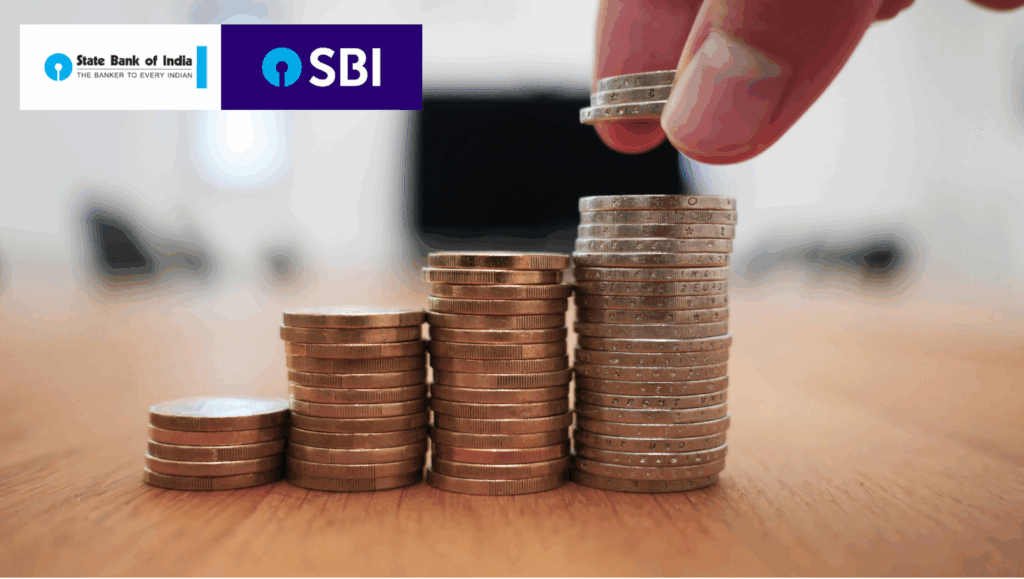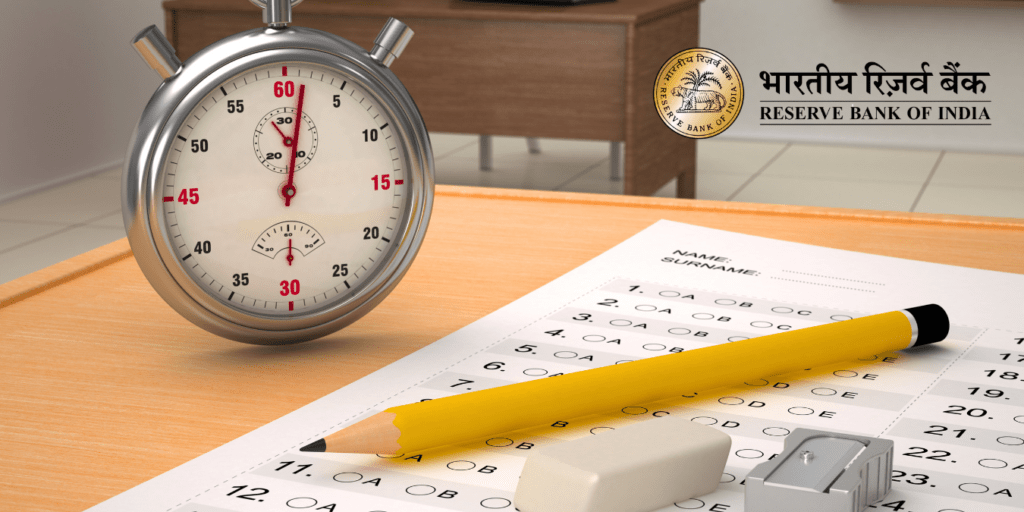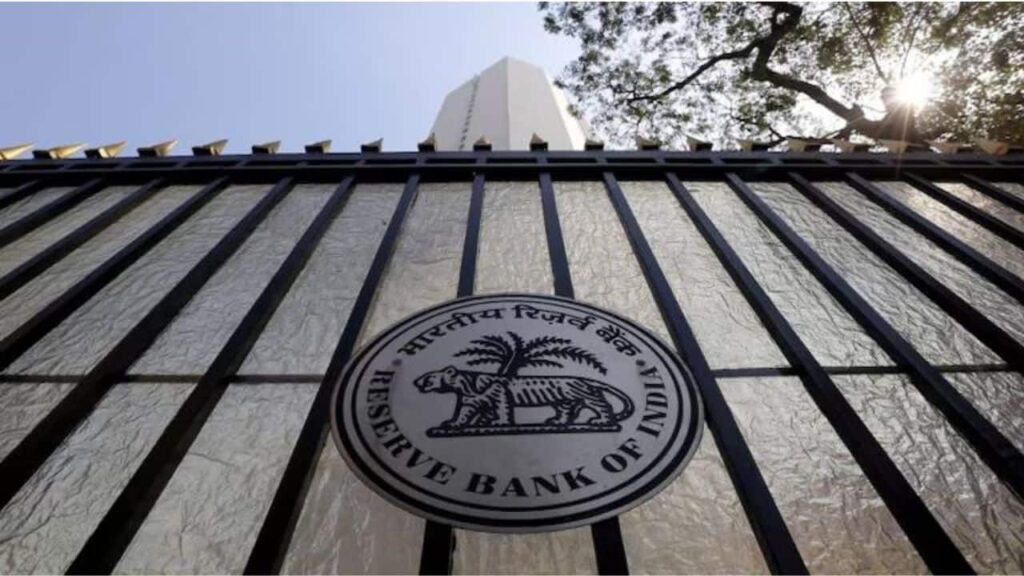
“Learn when TDS is deducted from FD interest after maturity in India & how to claim a refund by filing ITR. Latest 2025 TDS rules, Form 15G/15H, and tax-saving tips explained. Avoid excess TDS and maximize FD returns with this complete guide.”
Fixed Deposits (FDs) remain one of the most popular investment options in India, offering guaranteed returns and financial security. However, many investors are unaware of the tax implications tied to the interest earned on FDs, particularly regarding Tax Deducted at Source (TDS). A common question that arises is: When is TDS deducted from the interest earned on a fixed deposit after maturity in India? Additionally, investors often wonder if they can reclaim this deducted amount by filing taxes. In this comprehensive blog post, we’ll dive into the latest data for FY 2025-26, clarify the TDS process, and provide actionable insights on how to manage your tax liability effectively.
Understanding Fixed Deposits and TDS
A Fixed Deposit is a financial instrument offered by banks and Non-Banking Financial Companies (NBFCs) where you invest a lump sum for a fixed tenure at a predetermined interest rate. The interest earned is a key component of your returns, but it’s not entirely tax-free. Under the Income Tax Act, 1961, the interest income from FDs is fully taxable and falls under the category of Income from Other Sources. This is where TDS comes into play.
TDS, or Tax Deducted at Source, is a mechanism where tax is deducted by the payer (in this case, the bank or NBFC) before crediting the interest to your account. The purpose is to ensure the government collects tax on your income upfront, reducing the scope for tax evasion. But the timing of TDS deduction and its implications post-maturity often confuse investors. Let’s break it down with the latest updates as of April 1, 2025.
When Is TDS Deducted on FD Interest?
One of the biggest misconceptions about TDS on fixed deposits is that it’s deducted only at maturity. This is not true. As per Section 194A of the Income Tax Act, TDS on FD interest is deducted at the time of crediting the interest to your account, not necessarily when the FD matures. Here’s how it works:
1. TDS Deduction Timing
- Annual Deduction: If your FD tenure spans multiple years (e.g., a 3-year FD), the bank calculates and credits the interest annually (or as per the payout frequency—monthly, quarterly, or yearly). TDS is deducted each time the interest is credited, provided it exceeds the threshold limit.
- Cumulative FDs: For cumulative FDs, where interest is compounded and paid at maturity, TDS is still deducted annually on the accrued interest, not just at the end of the tenure. Banks calculate the interest earned each year and deduct TDS if it crosses the exemption limit.
- Post-Maturity: If you opt for interest payout at maturity (non-cumulative FD with maturity payout), TDS is deducted only when the interest is credited, which aligns with the maturity date. However, this is less common as most FDs follow annual or periodic crediting.
For FY 2025-26 (starting April 1, 2025), the TDS threshold limits have been updated:
- General Citizens: TDS applies if the interest earned exceeds ₹50,000 in a financial year (up from ₹40,000 in FY 2024-25).
- Senior Citizens: The limit is ₹1,00,000 (increased from ₹50,000 in FY 2024-25), reflecting the government’s focus on easing the tax burden for seniors.
2. TDS Rate
- The standard TDS rate is 10% if your Permanent Account Number (PAN) is linked to the FD account.
- If PAN details are not provided, the TDS rate doubles to 20%, as per Section 206AA.
Example Scenario
Suppose you invest ₹10 lakh in a 3-year FD at 7% p.a. interest, starting April 1, 2025. The interest earned annually is ₹70,000. Since this exceeds the ₹50,000 threshold for general citizens, the bank will deduct TDS of ₹7,000 (10% of ₹70,000) each year, not just at maturity in 2028. For a senior citizen, no TDS would apply as ₹70,000 is below the ₹1,00,000 limit.
Does TDS Apply After Maturity?
To directly address the question: TDS is not deducted after maturity unless the interest is credited at that point. If your FD is structured to credit interest annually or periodically, TDS is already deducted during the tenure. At maturity, you receive the principal plus any remaining interest (after TDS). For cumulative FDs, the accrued interest is taxed annually, so no additional TDS is deducted post-maturity unless there’s a delay in crediting.
For instance, if your FD matures on March 31, 2028, and the final interest is credited on that date, TDS will be deducted then if it hasn’t been accounted for earlier. However, banks typically align TDS deductions with their financial year-end processes, ensuring compliance with tax laws.
Factors Influencing TDS Deduction
Several factors determine when and how much TDS is deducted from your FD interest:
- Interest Amount: TDS kicks in only if the interest exceeds the threshold (₹50,000 for general citizens, ₹1,00,000 for seniors in FY 2025-26).
- PAN Status: Submitting your PAN ensures a lower TDS rate (10% vs. 20%).
- Total Income: If your total income is below the taxable limit (₹3 lakh under the new tax regime or ₹2.5 lakh under the old regime), you can avoid TDS by submitting Form 15G (for those under 60) or Form 15H (for seniors).
- FD Issuer: Banks and NBFCs follow Section 194A, but post office FDs have different rules—no TDS applies unless specified otherwise.
Can You Claim TDS Back by Filing Taxes?
Yes, you can claim back the TDS deducted from your FD interest by filing your Income Tax Return (ITR). Here’s how it works:
Why TDS May Exceed Your Tax Liability
TDS is a flat 10% deduction on interest above the threshold, but your actual tax liability depends on your income tax slab. For example:
- If your total income (including FD interest) falls below the basic exemption limit (₹3 lakh in the new regime), you owe no tax, yet TDS may still be deducted.
- If you’re in a higher tax bracket (e.g., 20% or 30%), the TDS deducted (10%) may be less than your liability, requiring you to pay the balance.
Steps to Claim a TDS Refund
- File Your ITR: Report your total income, including FD interest, under Income from Other Sources. Use Form 26AS (available on the Income Tax e-filing portal) to verify the TDS deducted by the bank.
- Calculate Tax Liability: Apply the applicable slab rate to your total income. If the TDS deducted exceeds your tax liability, you’re eligible for a refund.
- Submit Bank Details: Provide accurate bank account details in your ITR for the refund to be credited directly.
- E-Verify: Complete the e-verification process using Aadhaar, net banking, or DSC to process your refund faster.
Example
Let’s say you’re a 35-year-old professional with an annual income of ₹2.5 lakh (below the ₹3 lakh exemption limit in the new regime). You earn ₹60,000 interest from an FD in FY 2025-26, and the bank deducts ₹6,000 as TDS (10% of ₹60,000). Since your total income (₹2.5 lakh + ₹60,000 = ₹3.1 lakh) is still below the taxable threshold after deductions, your tax liability is zero. By filing your ITR, you can claim the full ₹6,000 back as a refund.
Timeframe for Refund
As of 2025, the Income Tax Department typically processes refunds within 3-6 months, depending on the accuracy of your ITR and e-verification speed. Delayed refunds also attract 6% annual interest under Section 244A.
How to Avoid TDS Deduction
If your income is below the taxable limit, you can prevent TDS deduction altogether:
- Form 15G: For individuals below 60 years with no tax liability.
- Form 15H: For senior citizens (60+ years) with no tax liability. Submit these forms to your bank at the start of the financial year (April 2025 for FY 2025-26). Ensure your total income, including FD interest, remains below the exemption limit to qualify.
Latest Updates for FY 2025-26
The Union Budget 2025 introduced key changes to FD taxation:
- Increased TDS Threshold: ₹50,000 for general citizens and ₹1,00,000 for seniors, effective April 1, 2025.
- New Tax Regime: The basic exemption limit remains ₹3 lakh, encouraging more taxpayers to opt for this simplified regime.
- Digital Compliance: Banks now mandatorily report TDS details via Form 26AS, making it easier to track and claim refunds.
Tax-Saving Tips for FD Investors
- Split FDs: Divide your investment across multiple FDs or family members’ names to keep interest below the TDS threshold.
- Tax-Saving FDs: Invest in 5-year tax-saving FDs to claim deductions up to ₹1.5 lakh under Section 80C (though interest remains taxable).
- Post Office FDs: Opt for post office FDs, which don’t attract TDS, though interest is still taxable.
- Plan Interest Payouts: Choose quarterly or monthly payouts to spread interest income and potentially stay below the threshold.
Claiming Back TDS by Filing Taxes
To summarize, TDS on FD interest in India is deducted when the interest is credited, not necessarily after maturity. For cumulative FDs, it’s calculated and deducted annually on accrued interest, while for non-cumulative FDs, it aligns with the payout frequency. As of FY 2025-26, the thresholds are ₹50,000 for general citizens and ₹1,00,000 for seniors, with a 10% TDS rate (20% without PAN). If TDS exceeds your tax liability, you can reclaim it by filing your ITR—a straightforward process that ensures you don’t lose out on your hard-earned money.
Understanding TDS on fixed deposit interest and fixed deposit taxation empowers you to make informed investment decisions. Whether you’re a young professional or a retiree, staying updated with the latest tax rules (like those for FY 2025-26) and leveraging tools like Form 15G/H can optimize your returns.
-

SBI, HDFC & 5 Other Prominent Indian Banks Cut FD Rates After RBI Repo Cuts
-

HDFC Bank’s Lounge Access Shock: Why Your Debit Card Perk Just Got 2X Tougher
-

High-Value Credit Card Payments: The Silent Trigger for Section 148 Notices
-

RBI Replaces Flat-Rate Deposit Insurance with Risk-Based System


























